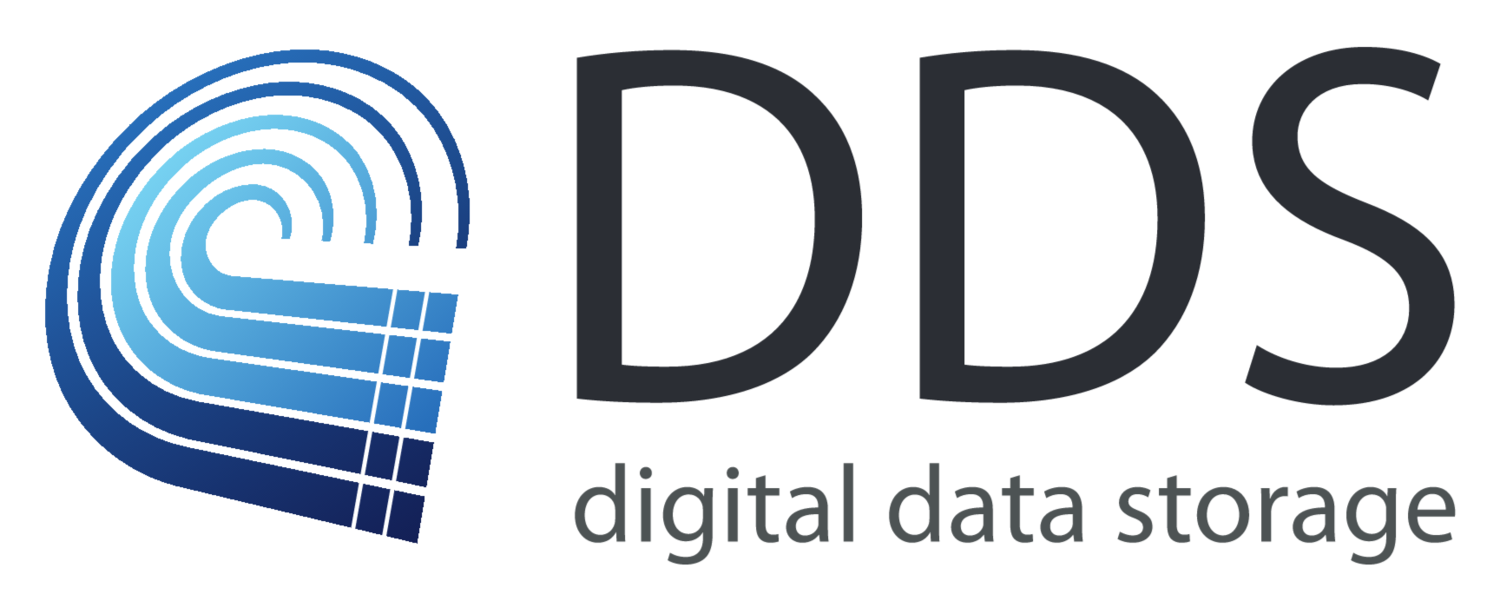RAID Plus
The most critical features of any data storage system are data retention and data integrity. This is a complex area where DA has been working for over seven years. The resulting solution, implemented in DDS-XM200, leads the word in its class.
DDS leads the industry in this area for four major reasons:
- Use of SLC NAND flash instead of MLC provides 20 times the endurance and longer retention time of 10 years +
- Highly optimised custom filesystem ensures essentially perfect wear-leveling, well out of the reach of existing memory card embedded controllers which use complex heuristics to do what is possible in a simple chip
- RAID system pairs two flash banks together, detects errors in one device and falls over to the other at the very lowest level, we call this RAID Plus. Systems based on flash memory cards cannot do this since block failure and retry information is not communicated to the host
- Raw NAND flash is used and we control the hardware and software from the chip to the highest levels of software, to allow us to test and qualify the solution from top to bottom. Other systems rely on a mish-mash of technologies from various companies including unknown NAND flash in the cards, embedded card controller with unknown algorithms, unsuitable VFAT and ext2/3/4 filesystems and a general reliance on unknown factors
In addition, rather than just relying on the above features, DDS has been actively tested in failure conditions. Using an advanced NAND flash simulator we are able to inject various failure conditions and test that the DDS recovers correctly using error correction and RAID Plus functionality. This provides us with total confidence that DDS will perform correctly in the field.
Data Integrity and Retention
Exchange data generally fits into two categories:
- Billing data - call detail records (CDRs) are literally the lifeblood of the telecommunications company. Lost CDRs are simply lost money and such losses must be minimised to the extent possible
- Office data - subscriber details, call features, line connections, trunk settings which make the exchange work as intended. Loss of this data directly affects the ability of subscribers to use their phone, and their willingness to pay for service and new features
Loss or corruption of either of these can create serious problems for the company. In the case of corruption, call details may be incorrect, resulting in unreliable billing. Left undetected, these faults can create enormous issues with the telco's reputation and standing in the market. Corrupted office data may result in a switch being inoperable until an older backup is found, at which point a large amount of rekeying of data may be required.
Corruption of data is bad enough, but undetected corrupted data is extremely dangerous. Left undetected for several weeks, it may be difficult, time consuming and extremely costly to restore the switch to full operation.
It is therefore extremely important that both types of exchange data remain intact and are protected against corruption and loss. These two terms are defined as:
- Data Integrity - ensuring that the data is either valid or not valid, but is never corrupt. Any corruption is detected and flagged so that the exchange is not presented with corrupt data
- Data Retention - ensuring that the data is retained from the period of being written to media to when it is needed, perhaps months or years later
For more information about data integrity and data retention on DDS, please see the links above.
Summary
DDS employs a host of data retention and data integrity features which together make it the most reliable solid state telecoms solution available. Through active testing and 6 years of in-the-field operation, DDS offers the best available technology for backup and office data reliability in a telco environment.
